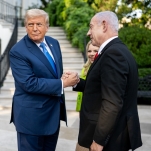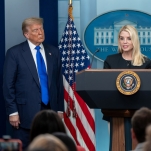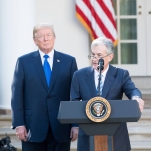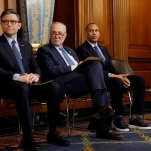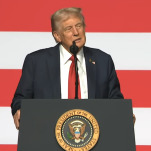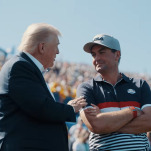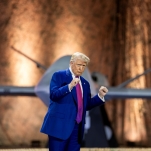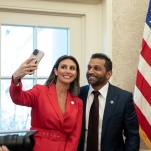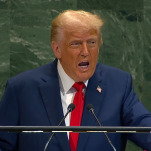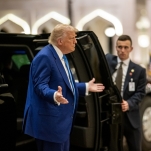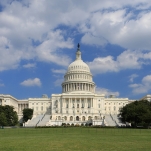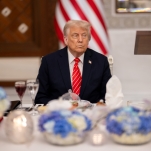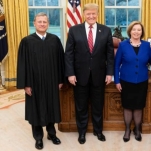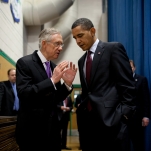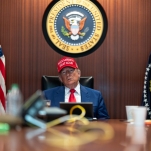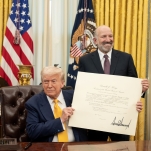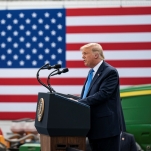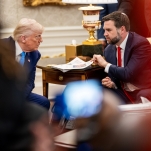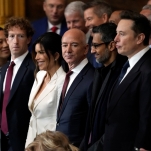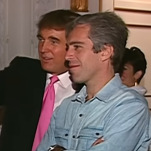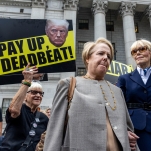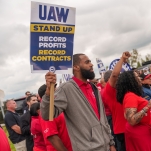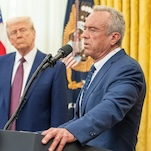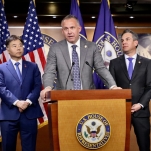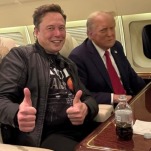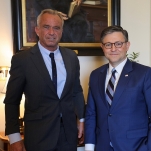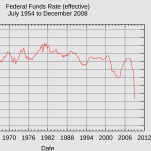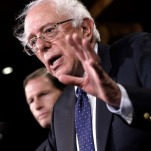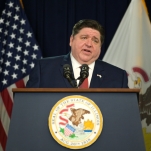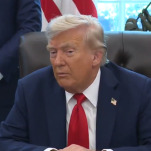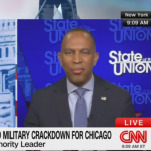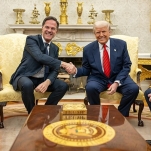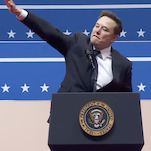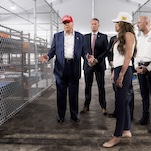Will Trump’s Tariffs Reorder Global Trade?
Photo by The White House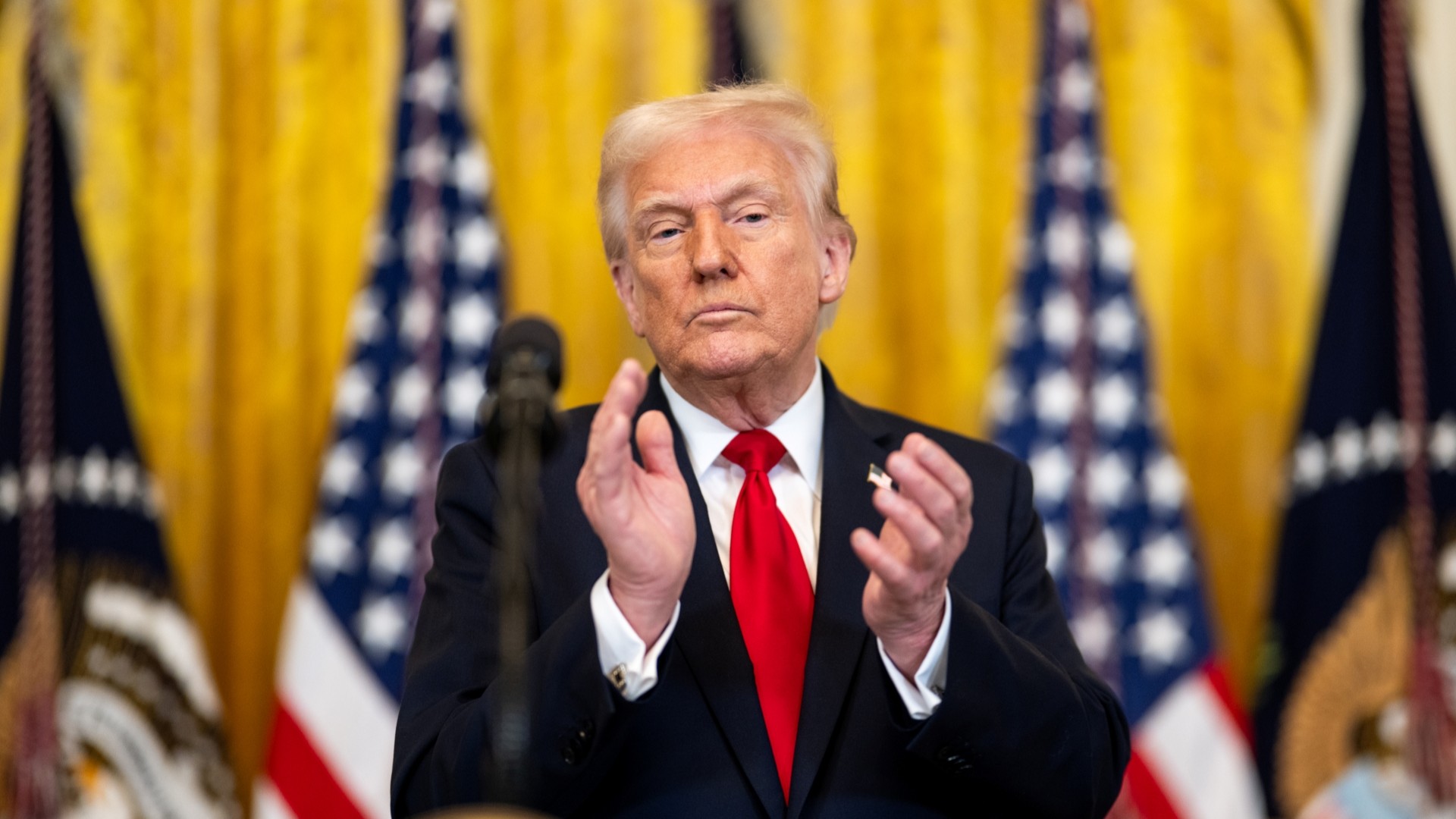
Last week, Trump pulled back the worst of his tariffs for 90 days, though he is still imposing a “lowered Reciprocal Tariff“ of 10 percent on trading partners for reasons that still aren’t entirely explained or justified by the administration.
Trump has also maintained tariffs on Chinese goods, now at a rate of 145 percent: 125 percent because Trump is mad that China retaliated against the U.S. in a trade war that Trump started, and another 20 percent previously imposed for China’s role in bringing fentanyl to the U.S.
China has retaliated with 125 percent tariffs, though it has signaled it may tap out there because the levy rates are already so high that trade is fast becoming prohibitive. China has also curtailed the export of certain vital rare earth minerals and magnets to implement new export rules, which ultimately might cut off critical American industries –especially defense – from these materials.
“Even if the U.S. continues to impose higher tariffs, it will no longer make economic sense and will become a joke in the history of world economy,” China’s finance ministry said last week.
Unfortunately, Beijing is making some good points. Trump is taking the U.S.economy – the envy of the world just a few short months ago – and trashing it, single-handedly engineering a market crash and possible global recession. China is presenting itself as the responsible, stable steward of the international economy, courting the European Union, Asia, and the Global South as America self-immolates.
Trump’s tariffs really may force a “decoupling“ between the U.S. and China. But Trump’s self-indulgent and reckless economic war may push the rest of the world to divorce itself from its trading and investment partnerships with the United States.
“For the last decade, we’ve increasingly been comfortable with the idea of, ‘we need to do a world order X-China’– that’s the phraseology: X-China. I think the world right now is planning for a world X-U.S.,” said Todd Tucker, the director of industrial and trade policy at the Roosevelt Institute.
But the world is not fully there yet, and it’s hard to make any solid predictions given that no one knows the trade-war endgame, maybe not even the Trump administration itself.
Trump has since exempted smartphones and computers from the tariffs, but Trump officials suggested it was only a temporary reprieve. White House officials also indicated they were considering tariffs on semiconductors, with the administration arguing that the U.S.’s reliance on exports for these vital components is a national security risk. There is a broad bipartisan consensus on that part, but the U.S. is still rebuilding its industry, including through The CHIPS and Science Act, which created incentives and subsidies for domestic manufacturing and research in semiconductors – the same legislation Trump has repeatedly bashed and threatened to scrap.
-

-

-

-

-

-

-

-

-

-

-

-

-

-

-

-

-

-

-

-

-

-

-

-

-

-

-

-

-

-

-

-

-

-

-

-

-

-

-

-

-

-

-

-

-

-

-

-

-

-

-

-

-

-

-

-

-

-

-

-

-

-

-

-

-

-

-

-

-

-

-

-

-

-

-

-

-

-

-

-

-

-

-

-

-

-

-

-

-

-

-

-

-

-

-

-

-

-

-

-

-

-

-

-

-

-

-

-


